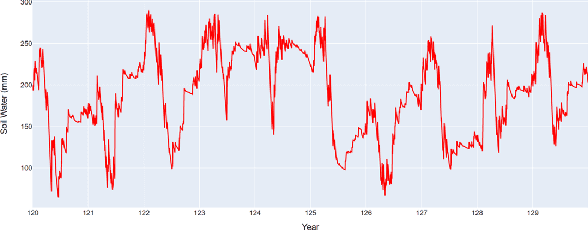Michael Stienbach
Physics Guided Machine Learning Methods for Hydrology
Dec 02, 2020



Abstract:Streamflow prediction is one of the key challenges in the field of hydrology due to the complex interplay between multiple non-linear physical mechanisms behind streamflow generation. While physically-based models are rooted in rich understanding of the physical processes, a significant performance gap still remains which can be potentially addressed by leveraging the recent advances in machine learning. The goal of this work is to incorporate our understanding of physical processes and constraints in hydrology into machine learning algorithms, and thus bridge the performance gap while reducing the need for large amounts of data compared to traditional data-driven approaches. In particular, we propose an LSTM based deep learning architecture that is coupled with SWAT (Soil and Water Assessment Tool), an hydrology model that is in wide use today. The key idea of the approach is to model auxiliary intermediate processes that connect weather drivers to streamflow, rather than directly mapping runoff from weather variables which is what a deep learning architecture without physical insight will do. The efficacy of the approach is being analyzed on several small catchments located in the South Branch of the Root River Watershed in southeast Minnesota. Apart from observation data on runoff, the approach also leverages a 200-year synthetic dataset generated by SWAT to improve the performance while reducing convergence time. In the early phases of this study, simpler versions of the physics guided deep learning architectures are being used to achieve a system understanding of the coupling of physics and machine learning. As more complexity is introduced into the present implementation, the framework will be able to generalize to more sophisticated cases where spatial heterogeneity is present.
 Add to Chrome
Add to Chrome Add to Firefox
Add to Firefox Add to Edge
Add to Edge